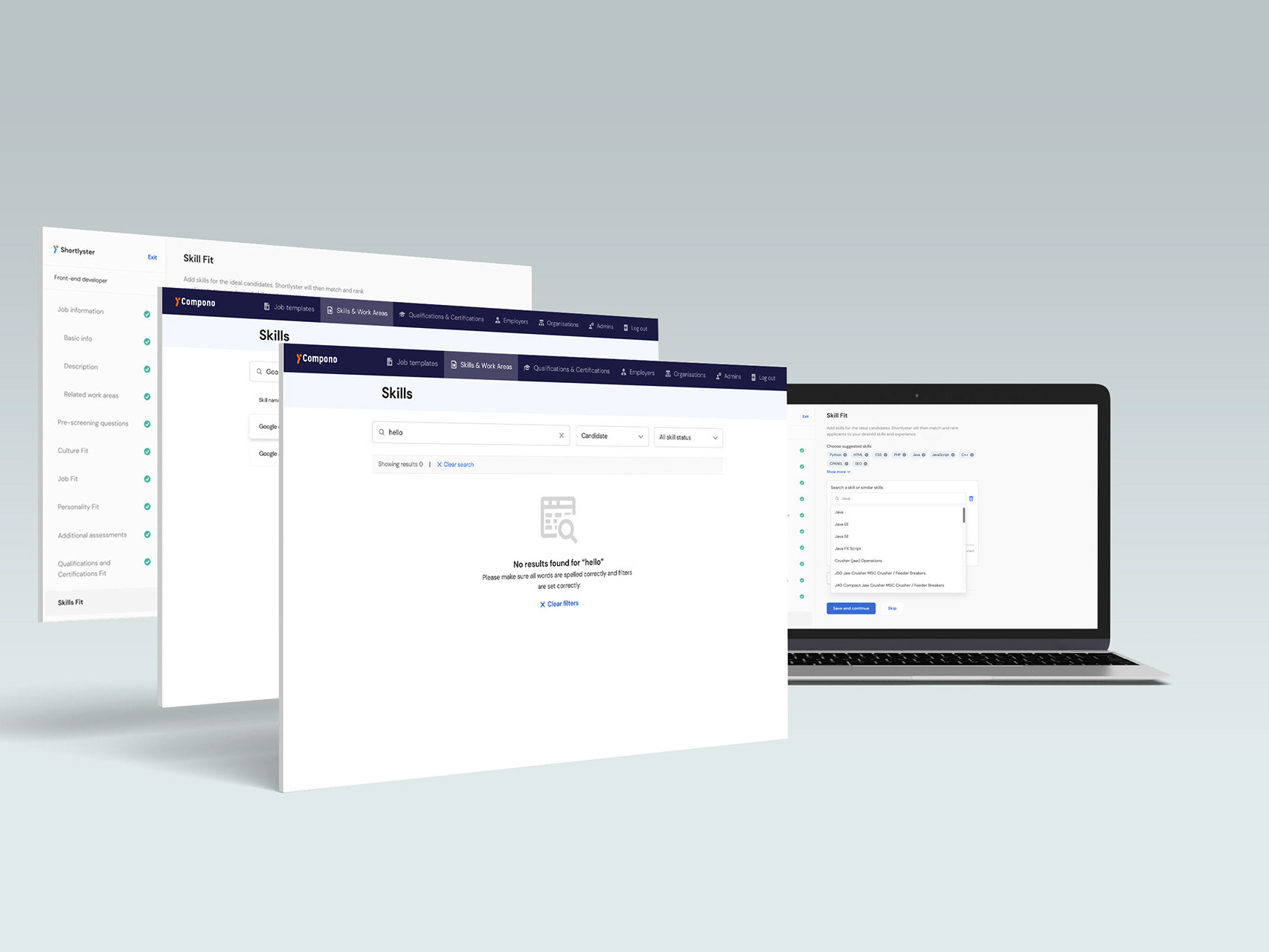The Goal
The goal is to develop a kindergarten subsidy platform that simplifies the process for early learning centres to obtain government subsidies for children while providing a hassle-free experience for the centres. Initially designed for Queensland, this system has the potential to serve as a versatile subsidy platform for other states, such as NSW, Victoria, and more.
Empathize
I conduct customer interviews and empathise with their perspectives to comprehensively understand customer needs and experiences. Additionally, I performed a literature review and engaged in discussion with the government subsidy team to gain insights into the subsidy process and architecture. Furthermore, gather valuable information about regulatory requirements by interviewing childcare industry experts.
Centre operation staff persona
The daily operations team at the centre expresses a need to access comprehensive subsidy details for the children, including the government subsidy forecast and acquittal information. They desire flexibility in the system, allowing for the automated application of subsidies to children during daily operations while also having the option for manual intervention when necessary.
Define
User Story Flow
No matter the manual or automatic flow, the discovery process reveals that the data provided by parents will be integrated into the system, and each child's subsidy will be calculated accordingly. A forecast is conducted at the beginning of the school term, while an acquittal is carried out at the end of the term for reconciliation purposes. After submitting the forecast and acquittal, various statuses may arise, requiring different actions based on these specific scenarios.
Ideate
Low Fidelity
Numerous design ideas exist for data collection, modification, presentation to the centre, and submission to the government for subsidy application and approval. Low-fidelity sketches serve as a valuable tool to visualize these ideas, facilitating collaboration and inspiring further creative input. These sketches are user-friendly and encourage teamwork, fostering an environment where additional ideas can be generated.
Prototype
High-fidelity design

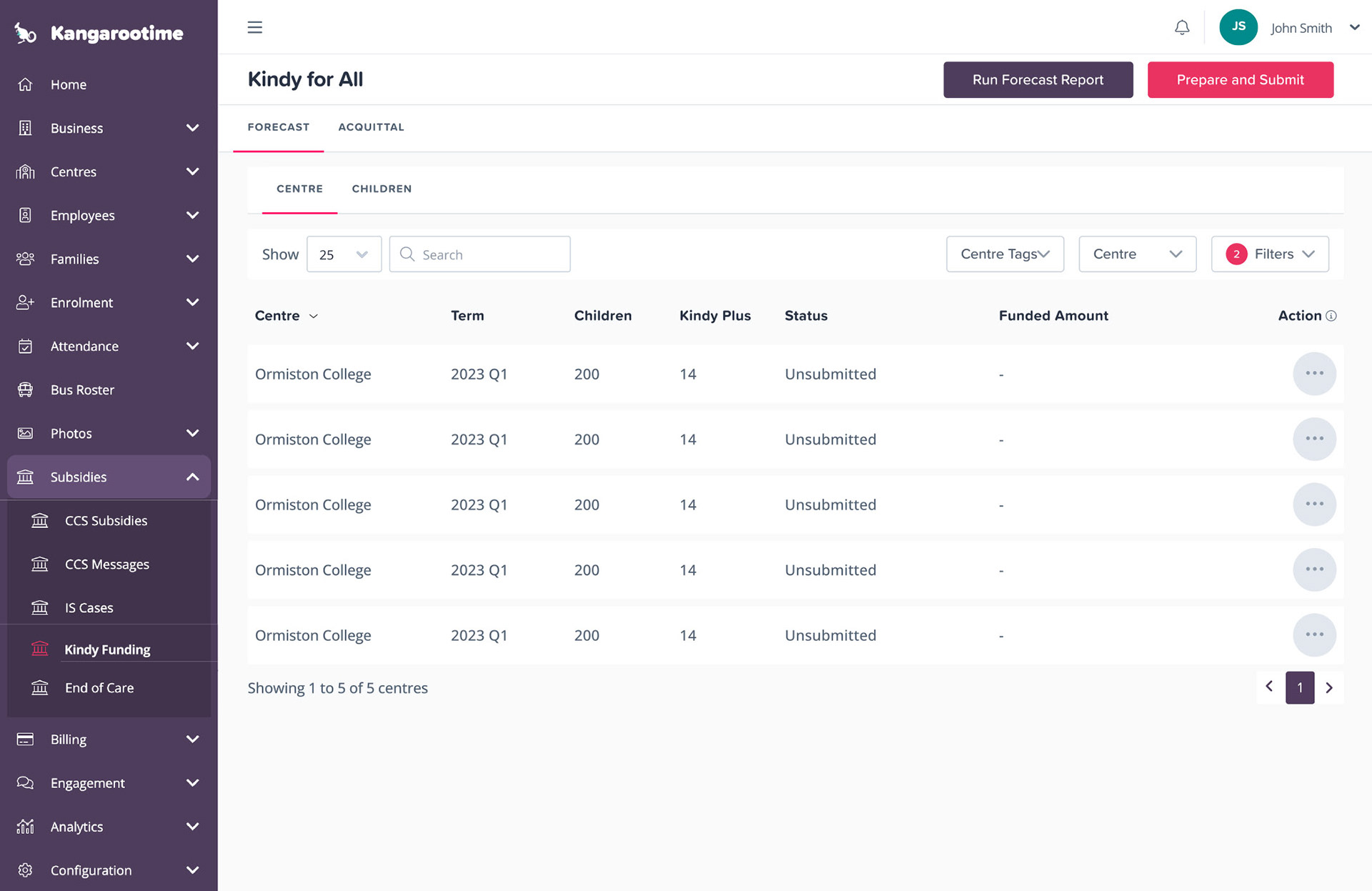
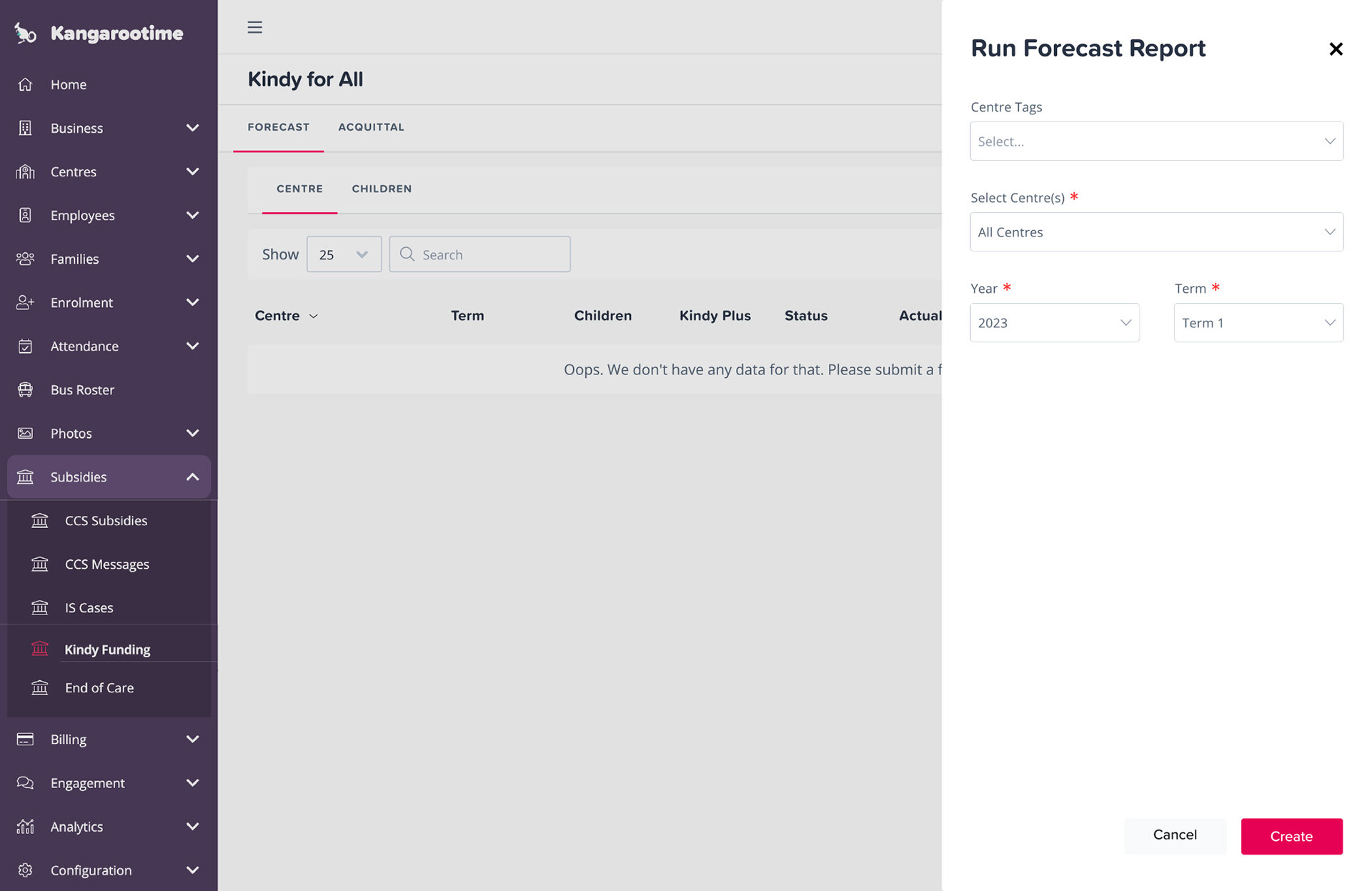
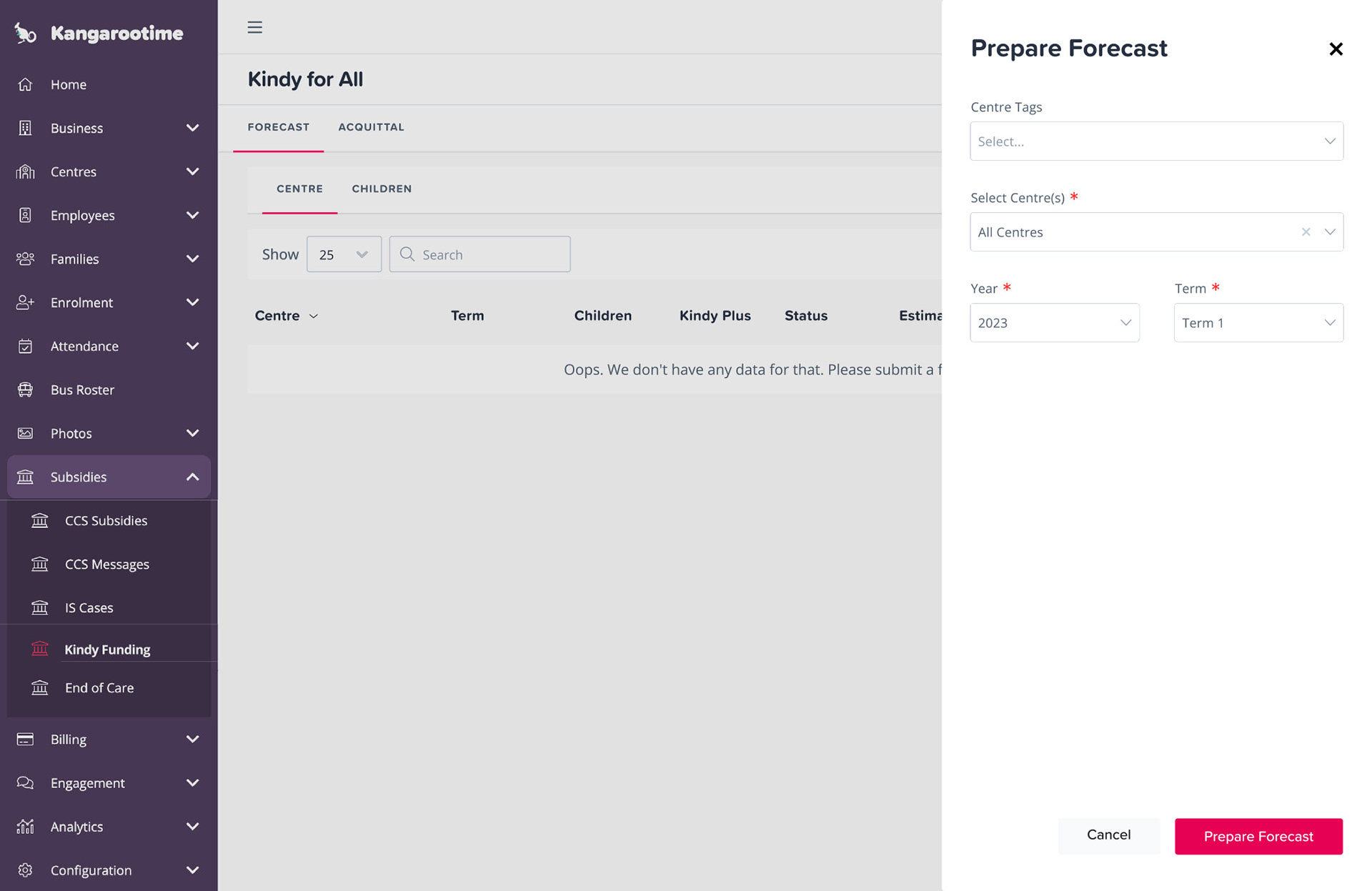
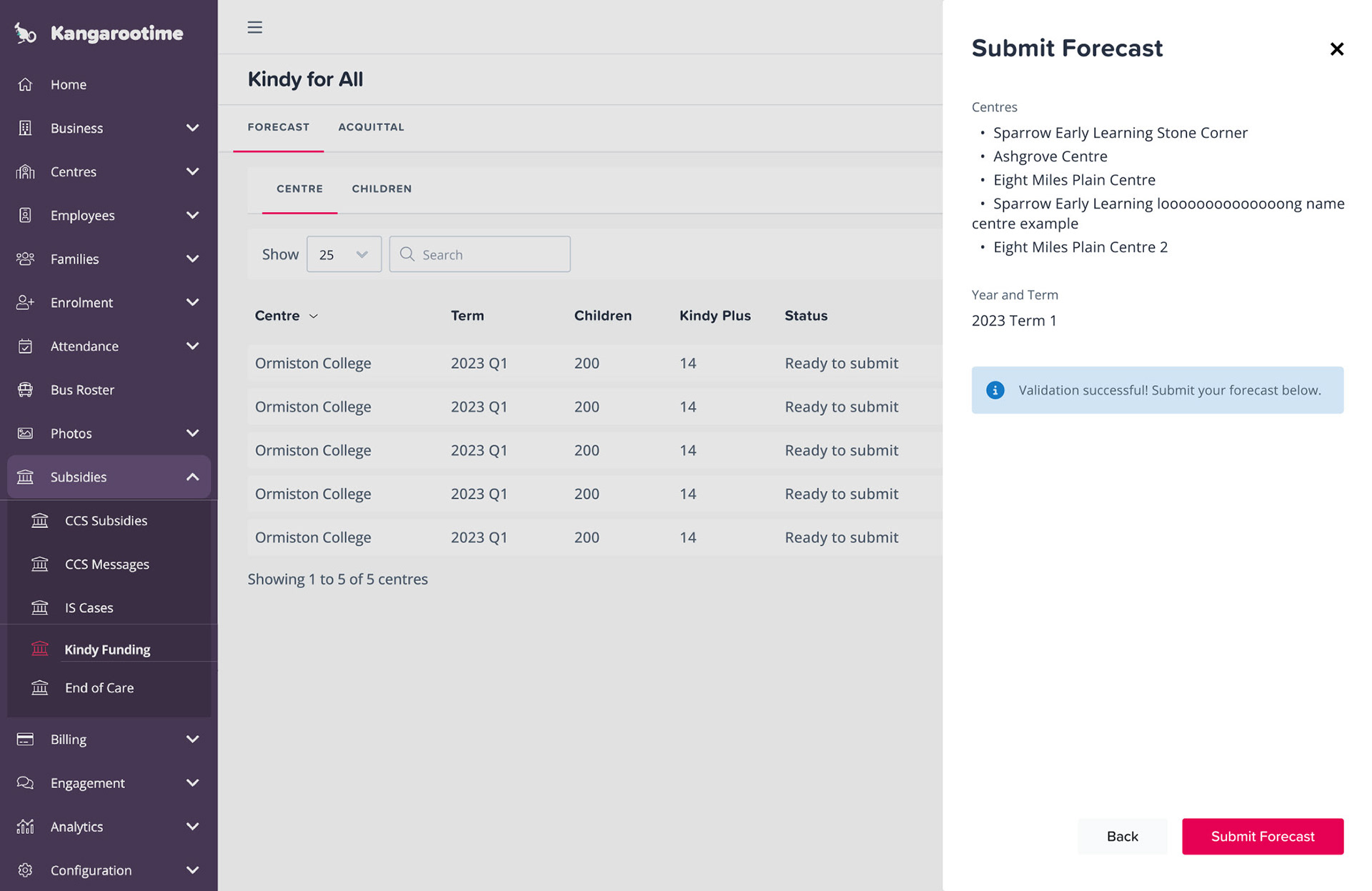
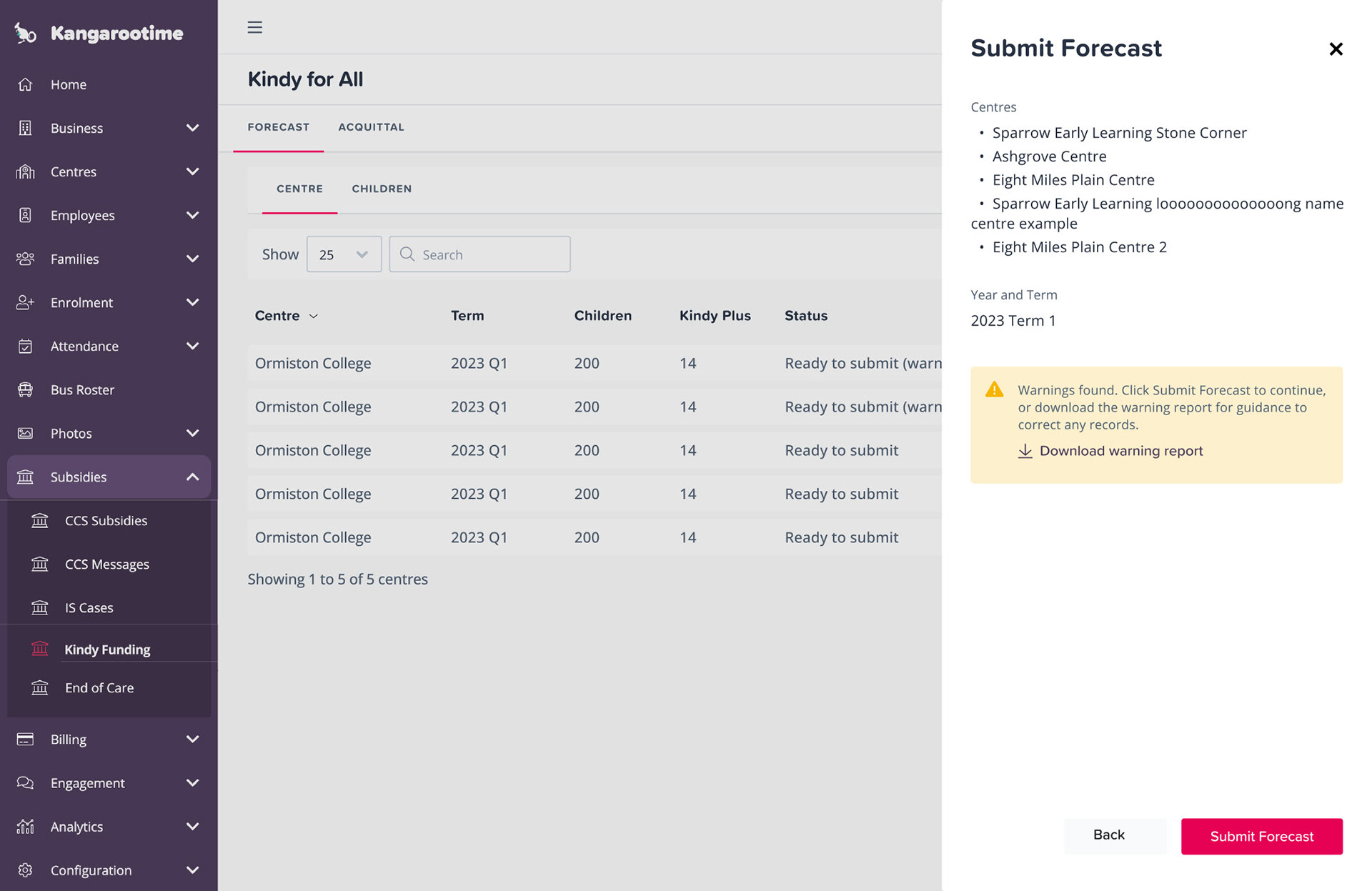
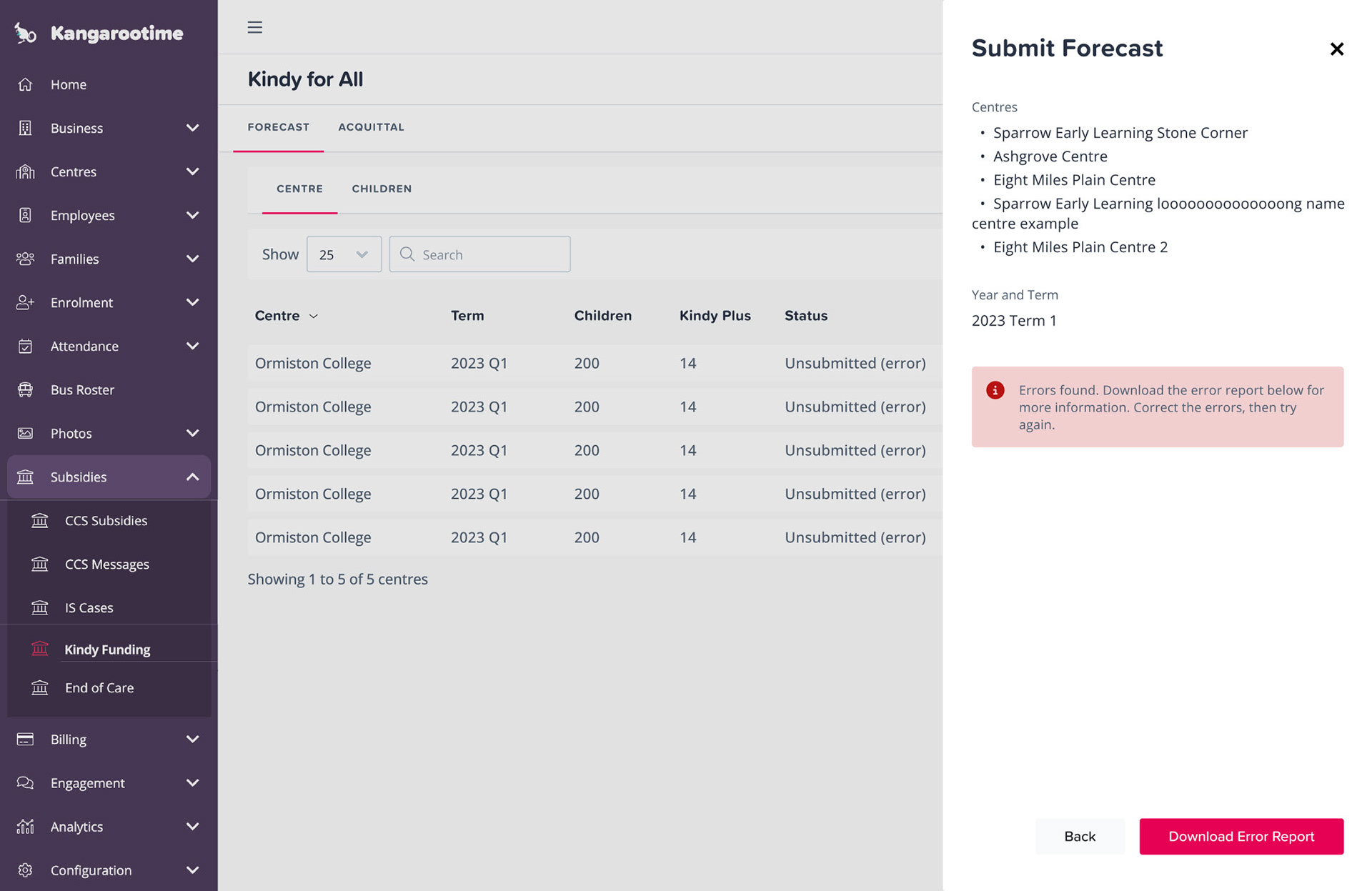
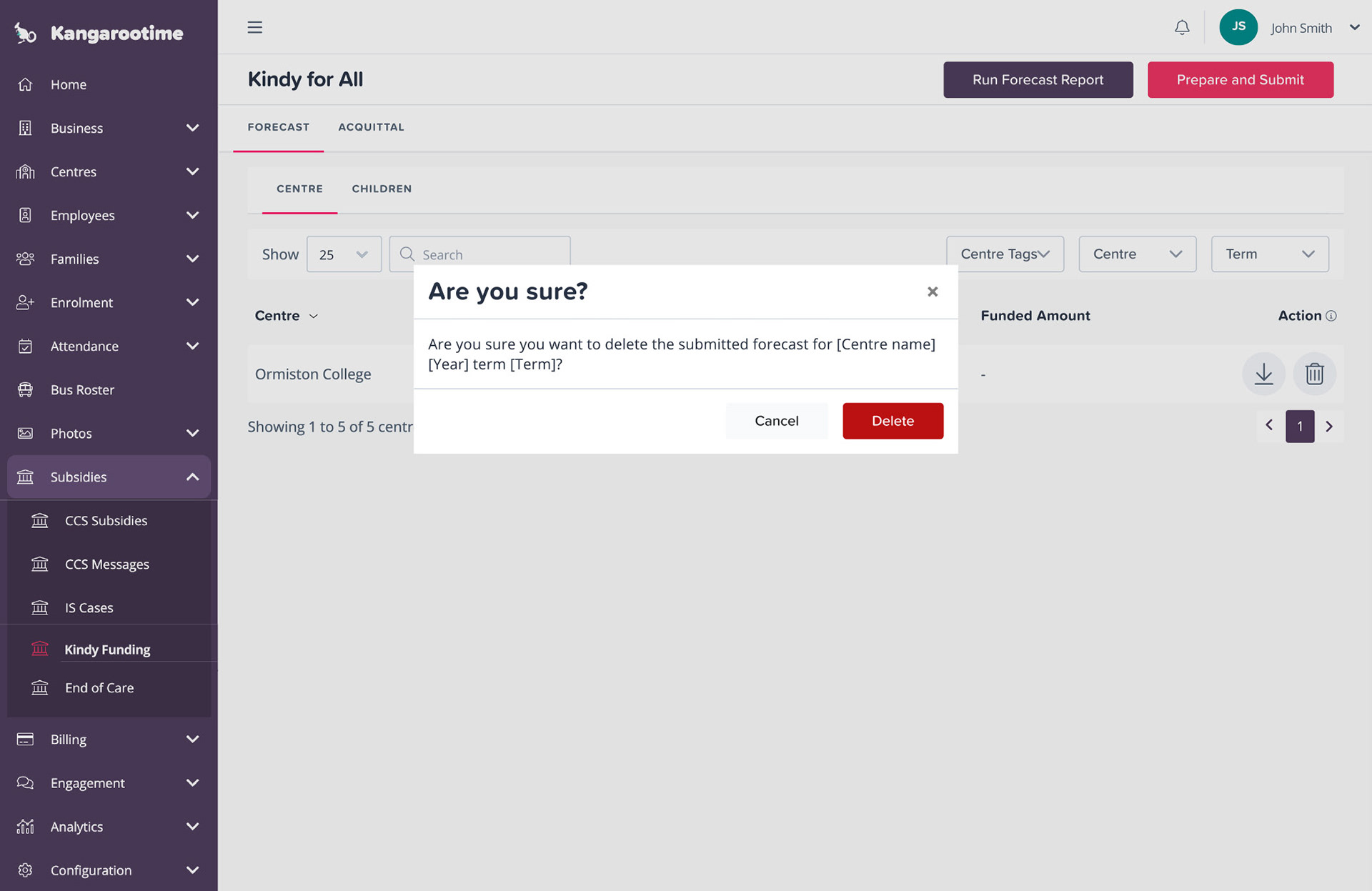
Test
Internal and external user testing is conducted to gather feedback, which serves as concrete evidence for iteration. The feedback obtained from external customers has been predominantly positive, and additional needs have been identified, such as displaying more detailed forecasts. These needs have already been acknowledged and included in the plan and backlog for future implementation.
